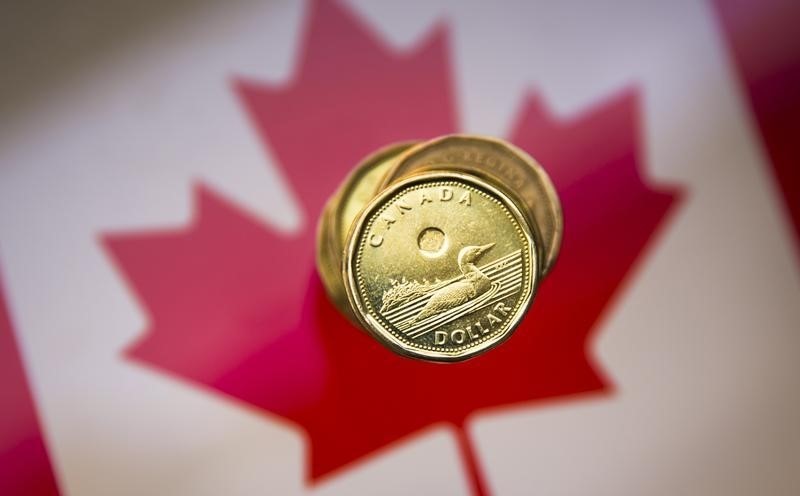By Ketki Saxena
Investing.com - The Canadian dollar gained against its U.S. counterpart on Monday, buoyed by rising oil prices and an optimistic economic forecast based on a Bank of Canada survey.
A recent second-quarter survey conducted by the Bank of Canada appears to have instilled increased confidence among investors. The results show that Canadians expect gross domestic product growth projection of 0.7 percent year-over-year for 2023.
This is in stark contrast to the previous survey's prediction which foresaw a contraction by 0.1 percent.
The Canadian dollar was also supported by crude prices on tightening supply chains, escalating US gasoline demand, and expectations for Chinese stimulus measures.
The dollar index also gained on Monday - though less than the loonie- following mixed data about the US economy; July's Manufacturing PMI exceeded expectations, whereas July's Services PMI fell short.
On a technical level for the USD/CAD pair, analysts at FX Street note, "The daily chart suggests a bearish outlook for the short-term USD/CAD. Bulls were rejected several times by the 20-day Simple Moving Average (SMA), signaling that the buyers struggle to gain momentum. In addition, technical indicators show weakness, with the Relative Strength Index (RSI) below 50.00 and the Moving Average Convergence Divergence (MACD) printing fading green bars."
FX Street analysts recommend that resistance levels stand at 1.3222 (20-day SMA), 1.3240, 1.3250, while support levels are at 1.3150, 1.3120, 1.3110.
Looking ahead for the pair, analysts at Scotiabank (TSX:BNS) note, "Short-term patterns underscore firm USD resistance around 1.3225 and the daily and weekly DMI oscillators continue to trend negatively for the USD, which helps account for USD/CAD’s inability to rally significantly."
"It should also mean that it will shortly have another run at support at 1.3100/20."
Up next for the USD/CAD pair, all eyes will be on the Bank of Canada's minutes from its previous meeting, and an interest rate decision from the US Federal Reserve, both due Wednesday.
Markets are pricing a 25 basis point (bps) increase from the Fed, with the probability for further hikes post-July remaining relatively low at approximately 20 percent.
